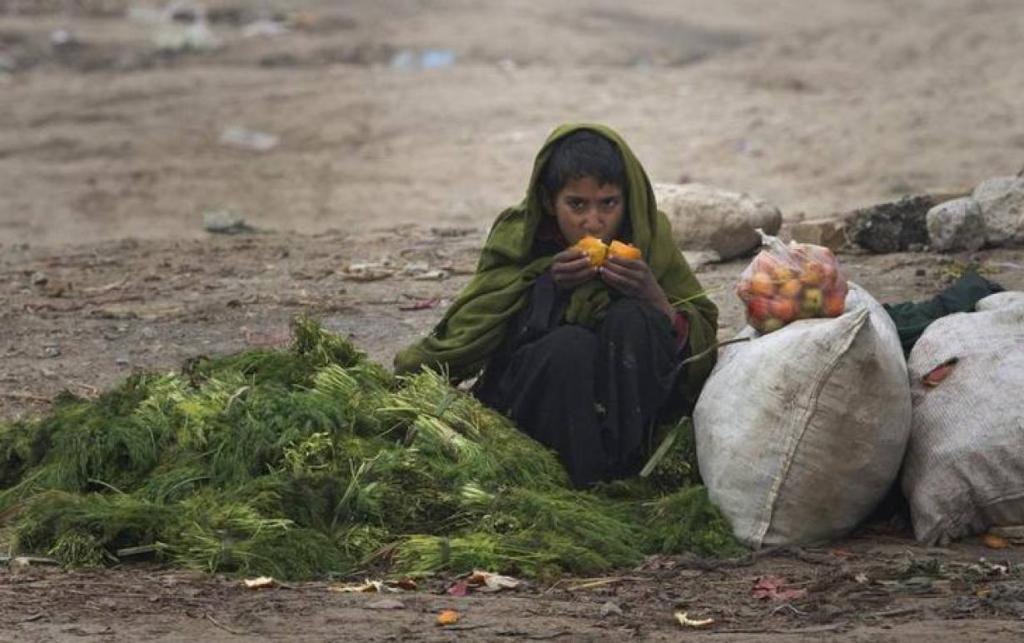
Hunger and food security are the world’s number one health risks. Increased food prices was one of the reasons that triggered Arab spring. Unless we figure out new strategies to improve global food security, we may be entering a new and dangerous phase of human history where food, water, and energy shortages may not only cause worse poverty but also civic unrest and international conflicts.
Scientists believe that we will need 50 percent more food by 2050. Producing this food is going to be hard. Rising energy prices and climate change challenges are making food harder and more expensive to produce.
We need to understand the causes of food insecurity. Why some communities are more vulnerable to hunger and famine? Why can’t people access food? And why does it strike some places or people more frequently?
There are a lot of reasons why it happens: crops fail due to drought, conflict or disaster; forming a system of vicious circle and recurring poverty. Due to less food production, it has to be imported from outside which leads to increased demand which pushes prices up. Those who used to sell their crops now have nothing to trade and so, have less money. It becomes harder to feed livestock and keep it healthy.
Troubled times like conflicts mean people have to leave their homes and may have lost their jobs and way of life. Meanwhile, with the food prices keep going up forcing them to eat less, or to eat cheap or wild food with little nutrition. After some time, this makes them malnourished and weak which makes it even harder to grow food or to work. Buying food may have been sacrificed to pay for school, or medical treatment, or water. This way the cycle keeps repeating itself, only worse each time.
There are several ways through which we can attain food security. The first strategy is that we need to develop new technologies that help farmers reach their potential in terms of the amount of food they can produce. According to scientific studies, we can boost our production by 50 percent by employing currently available technologies. This is especially important in some of the African and Asian countries where farmers only produce about 20 percent of what they could really produce due to lack of good quality seeds, fertilizers and better equipment.
The second strategy is to improve food distribution. For this, we need to consider an uncomfortable truth about our food system. If we take all the available food on earth and divide equally among all the people on this planet, there will be about 2700 calories and 75 grams of proteins available per person per day, which is more than enough.
However, we also feed lot of food to animals, turn corn to ethanol and waste a substantial amount of food which has led to hunger in some parts of the world. We waste about one third of our food. We need to minimize our food wastage and devise strategies which ensure a fair distribution of food.
We also need to make sure we keep the farms and farmers around our cities. It means, we need to support our local food systems which are important because they stand as a buffer between individuals and consumers, and problems that might occur in global markets. Even if local food systems do not feed all of us all the time, they are very critical line of defense against hunger.
None of this will be possible without stronger regulation and proactive government policies. There is dire need for the government to get serious about promoting sustainable farming.




